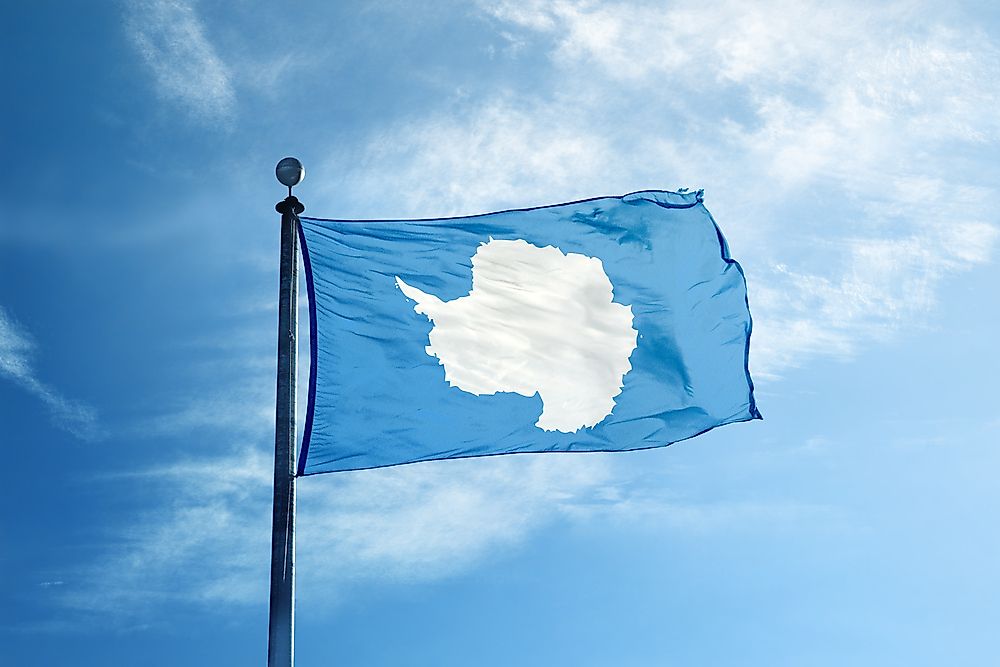What is the Antarctica Treaty?

Antarctica is the only continent in the world that has no native human population. The Antarctic Treaty, together with all associated agreements, is mutually known as the Antarctic Treaty System (ATS). This system is responsible for providing regulations and guidelines to the international community on how to relate to Antarctica. In the system, Antarctica is south of the 60° South latitude including all the land and ice shelves. This region is now called the Antarctic Treaty Area.
Treaty Members
The treaty was opened for signature in Washington DC in 1959 and was officially adopted on June 23, 1961. The initial signatories were twelve nations that had active interests in the continent. These nations are Argentina, Australia, Chile, Japan, France, New Zealand, Norway, South Africa, Belgium, the Soviet Union, the United Kingdom, and the United States. Currently, there are 53 members with the headquarters in Buenos Aires, Argentina. Of the 53, only 29 have consultative status. Consultative status grants a member the power to vote. Non-consultative members may apply for a consultative status.
Background
The treaty came about during the Cold War when different countries decided to cooperate for the sake of science. The result of this cooperation was the designation of the period between July 1, 1957, and December 31, 1958, as the IGY (International Geophysical Year). The scientists working together in that year all agreed that the test was a success. The scientists’ agreement led to the formation of the treaty.
The treaty sought to establish Antarctica as a region for scientific freedom while banning any kind of military activity in the continent. Military activity includes disposal of radioactive waste, explosions of a nuclear nature, and deployment of military units in the area.
Summary of the Treaty Articles
The treaty has fourteen articles. The first article declares the region as a peaceful region; further, it places a prohibition on military activities unless the military is aiding with scientific work. The second article provides freedom to scientist's work and cooperation. A free exchange of information and staff is outlined in article three. The fourth article talks about the claims of the member countries on the region and that the treaty prohibits the members from making new claims. Nuclear explosions and wastes are prohibited in the fifth article. The sixth article defines the region that the treaty holds; the region is south of the 60° South latitude with the inclusion of all the ice shelves and the land. The seventh and eighth articles grant free access to observers from the members to all areas of the region, as well as to observers and scientists. The ninth article calls for member states to hold meetings frequently. The tenth article is a plea to member states to stick to the stipulations of the treaty and desist from contradictory activities. Article Eleven is about dispute settlement; the article calls for peaceful resolutions or engagement of the International Court of Justice. The remaining three articles calls for member states to uphold the treaty.











